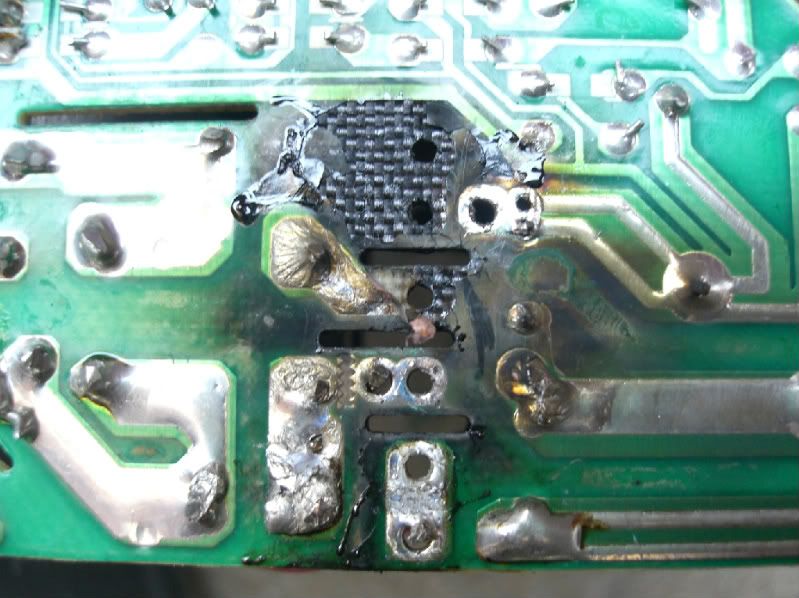I know what tunnel diodes are and I know about all this stuff you are saying. Problem is this is not a negative resistance as we figure it, as far as I can tell it's something closely resembling negative resistance, under very strict circuimstances.
Actual negative resistance would be if you simply took your DMM, and measure -5 ohms across a component (at any given time/temp).
If normal resistance dissipates electrical power into thermal power, then negative resistance would in some way gather the sorrounding energy from the component and feed it to the existing electrical circuit (that's the way I figure, at least).
So basically, working component would need heating, not cooling, to keep working since it'll get colder and colder (drawing heat from itself and sorrounding air/whateva).
Now, you can almost make something like it, for example having an amplifier (transistor technology rulez, eh?). The amplification is essentially making small power signal into large power signal. Problem is, it's drawing a secondary power source to add to the signal being amplified. If one is to have anything else but electricity being converted into more electricity (adding to the existing one in the circuit), THEN you'd have negative electrical resistance in ideal form.
Tunnel diodes don't do that when they are in the so called negative resistance state in their graphs, correct? They just behave abnormally for electrical components, but not actually feeding more current into the existing circuit via supernatural means.
Somebody correct me if I'm wrong, I so seriously want to be wrong in the opinion that negative resistance as I've imagined does not exist.





